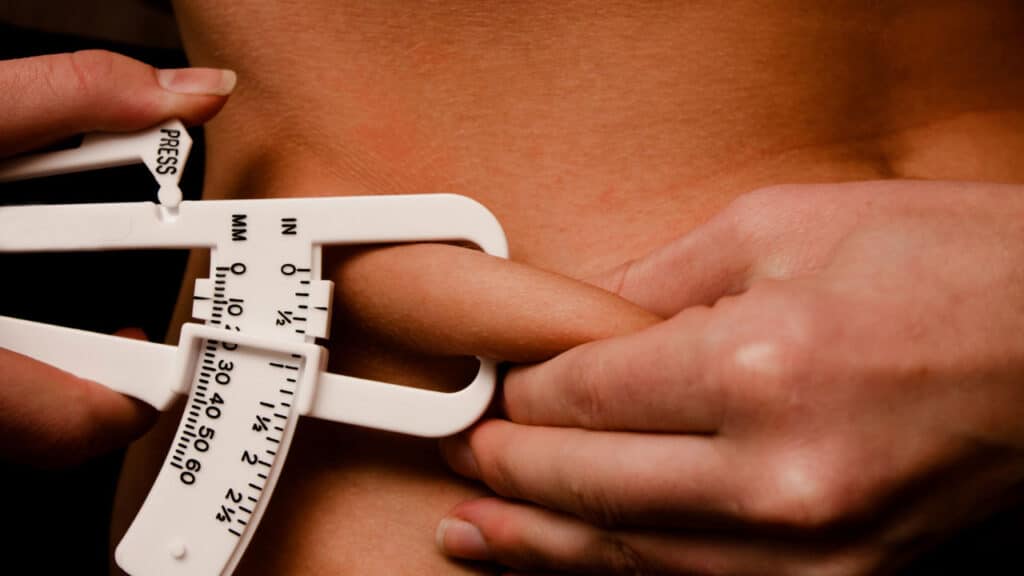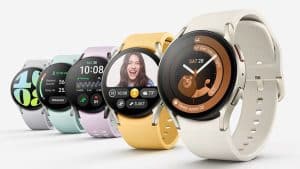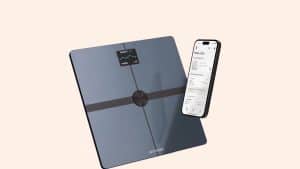When you start your program to try to lose some body fat, how do you know it’s working? You can’t just look at your weight because weight measures muscle and fluid as well as fat. If you’re trying to be healthy, you don’t want smaller muscles and dehydration. That means you need a way to separate fat from other aspects of weight.
Your body fat percentage is the proportion of your body that is fat alone. If your body fat percentage is low, it means more of your weight is lean muscle mass, which is good. High body fat percentage, rather than high weight generally, is a risk factor when it comes to diabetes, high blood pressure and other health problems.
One old-fashioned way of measuring body fat is with skinfold calipers. They measure the thickness of the fat just under your skin at specific points (which vary between men and women). They’re fairly cheap and easy to transport and store, so you can keep them at home. They can be tricky to use without experience, however, which means there’s a big margin of error. Plus, the pinching on your skin can be uncomfortable. Another analog but not always accurate method is calculating your body’s circumference at different points using a tape measure.
Other methods of measuring body fat can be a little more high-tech. There are 3D body scanners, or body fat scales that use something called bioelectrical impedance analysis (BIA) to send a small electrical current through your body. Electrical currents are also the basis of bioimpedance spectroscopy (BIS) and electrical impedance myography (EIM).
Then there are the methods that estimate body fat from your body’s density. One science-fiction-sounding method is hydrostatic weighing, when you’re weighed while submerged in water as well as when on land. You have to breathe out first and hold your breath underwater, which can be tricky for some. Air displacement plethysmography uses air instead of water, placing you inside a pod while the air pressure is changed. Dual-energy x-ray absorptiometry uses x-rays to measure bone density and compare lean mass and fat.
Some of these techniques and devices are complicated, expensive and only available in the most specialized facilities. The most accurate measurements probably need a combination of methods. Bear all of this in mind when it comes to measuring your own body fat.




